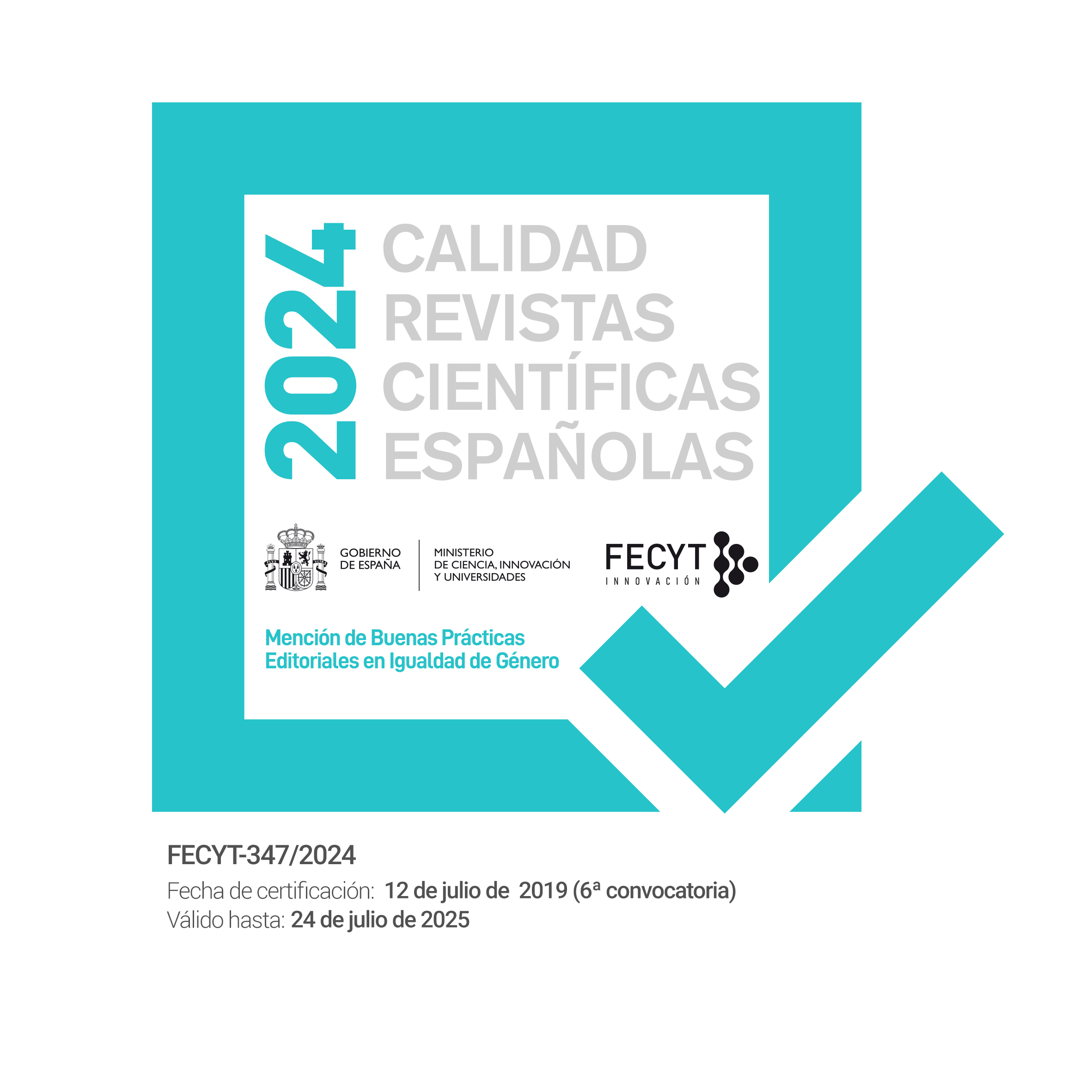LO FOTOGRÁFICO Y EL SISTEMA MEDIADOR. VALORES ARTÍSTICOS, TÉCNICOS Y COMERCIALES EN LOS INICIOS DE LA FOTOGRAFÍA
DOI:
https://doi.org/10.5944/etfvii.1.2013.8479Palabras clave:
Fotografía, arte moderno, Louis-Jacques-Mandé Daguerre, François Arago, sociología del arte, asociaciones fotográficas, París, Photography, modern art, XIX Century, sociology of art, photographic societiesResumen
El análisis de los agentes que participaron en la invención, promoción y difusión de la fotografía en el siglo XIX - fotógrafos, políticos, científicos, intelectuales y artistas- permite reconstruir el espacio de lo fotográfico. Estos agentes, sus prácticas, espacios, instituciones y relaciones constituyeron un sistema mediador que participó de manera activa en la construcción del valor de la fotografía como producto cultural de la modernidad. No obstante, lo más relevante es que se presenta a la investigación científica como un objeto de estudio privilegiado para comprender la capacidad que tuvo la práctica fotográfica para adaptarse a las necesidades de la sociedad moderna. La constante tensión y diálogo entre la apreciación estética, científico, técnica y comercial, sitúa a la fotografía en un espacio inédito entre la valoración formal -cercano a las instituciones y a las normas del mundo de la alta cultura- y la lógica utilitaria -cercana a los patrones de progreso y acceso democrático a la cultura-. De esta manera, es posible plantear una teoría de la mediación para los productos culturales de la modernidad: los intermediarios influyen en la construcción del valor a la vez que revelan el estado del objeto cultural y las necesidades de la sociedad que lo consume.
The analysis of the agents that took part in the invention, promotion and broadcasting of photography in the XIX century -photographers, politics, scientists, intellectuals and artists- permit us to reconstruct the photography’s space. These agents, their practices, spaces, institutions and relations constitute a mediation system, which participated actively in the construction of photographic value as a cultural product of modernity. However, the most relevant fact is that we can analyse it as a privileged subject to study for understanding the capacity of artistic practice to suit the needs of modern society. The permanent tension and dialogue among the aesthetic, scientific, technical and commercial appreciation, places photography in an unprecedented space between formal valorisation -next to the institutions and norms of the world of high culture- and the utilitarian logic -close to the patterns of progress and democratic access to the culture-. Thus, it is possible to suggest a theory of mediation for cultural products of modernity: intermediaries influence the construction of the value at the same time that they reveal the state of the cultural object and the needs of the society that consumes it.







